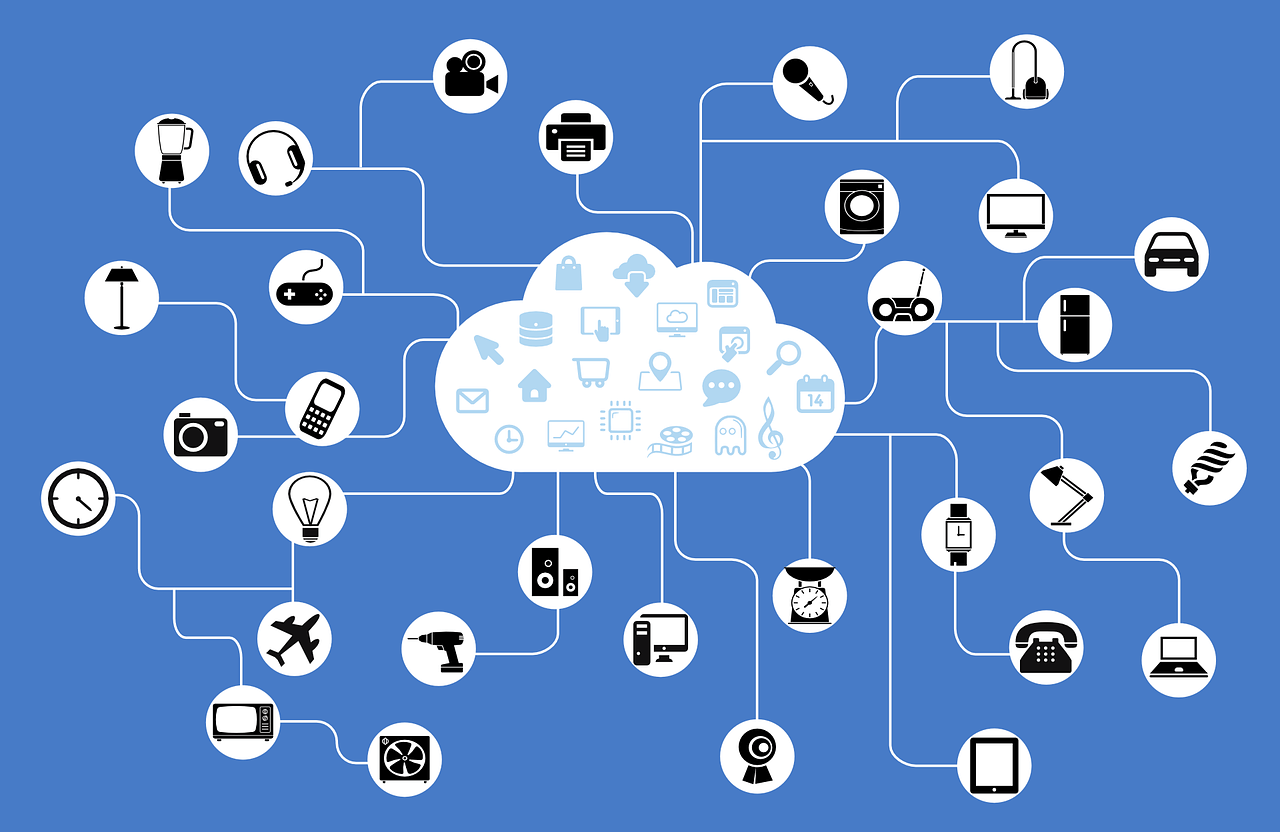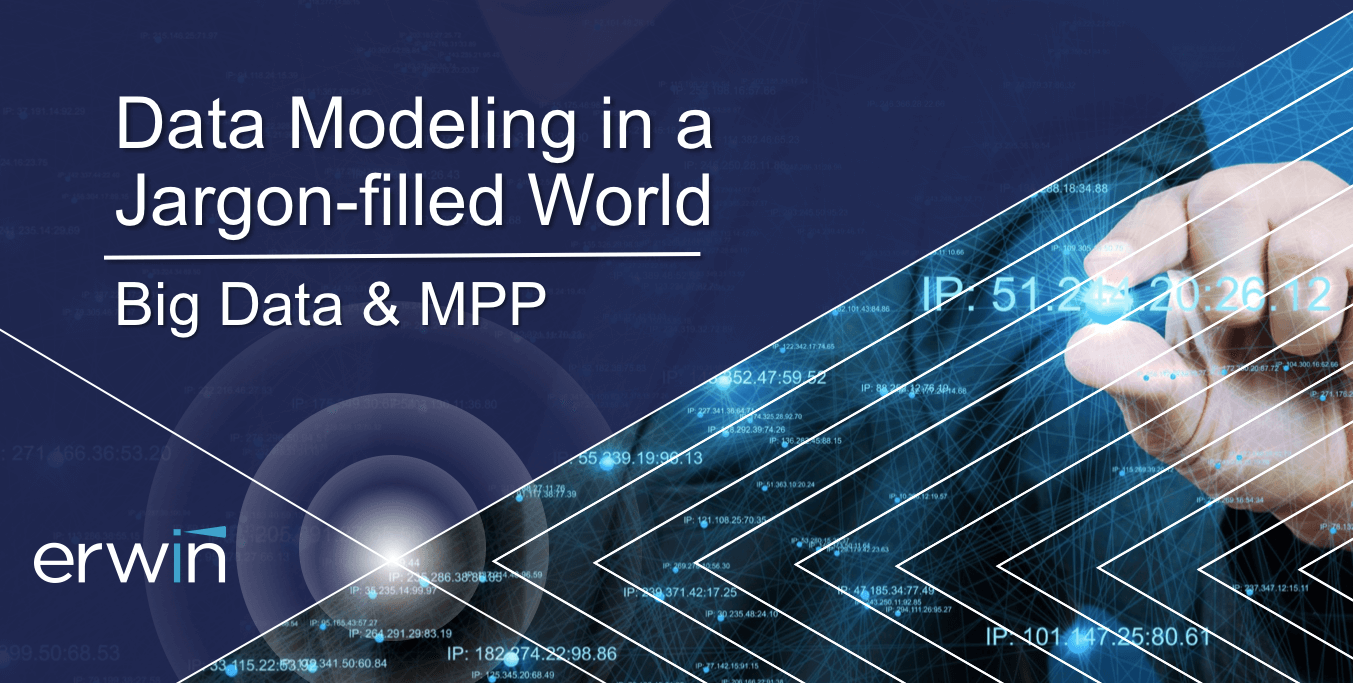This year we’ll see some huge changes in how we collect, store and use data, with Data Governance 2.0 at the epicenter. For many organizations, these changes will be reactive, as they have to adapt to new regulations. Others will use regulatory change as a catalyst to be proactive with their data. Ideally, you’ll want to be in the latter category.
Data-driven businesses and their relevant industries are experiencing unprecedented rates of change.
Not only has the amount of data exploded in recent years, we’re now seeing the amount of insights data provides increase too. In essence, we’re finding smaller units of data more useful, but also collecting more than ever before.
At present, data opportunities are seemingly boundless, and we’ve barely begun to scratch the surface. So here are some of the biggest data shakeups to expect in 2018.
GDPR
The General Data Protection Regulation (GDPR) has organizations scrambling. Penalties for non-compliance go into immediate effect on May 25, with hefty fines – up to €20 million or 4 percent of the company’s global annual turnover, whichever is greater.
Although it’s a European mandate, the fact is that all organizations trading with Europe, not just those based within the continent, must comply. Because of this, we’re seeing a global effort to introduce new policies, procedures and systems to prepare on a scale we haven’t seen since Y2K.
It’s easy to view mandated change of this nature as a burden. But the change is well overdue – both from a regulatory and commercial point of view.
In terms of regulation, a globalized approach had to be introduced. Data doesn’t adhere to borders in the same way as physical materials, and conflicting standards within different states, countries and continents have made sufficient regulation difficult.
In terms of business, many organizations have stifled their digital transformation efforts to become data-driven, neglecting to properly govern the data that would enable it. GDPR requires a collaborative approach to data governance (DG), and when done right, will add value as well as achieve compliance.
Rise of Data Governance 2.0
Data Governance 1.0 has failed to gain a foothold because of its siloed, un-collaborative nature. It lacks focus on business outcomes, so business leaders have struggled to see the value in it. Therefore, IT has been responsible for cataloging data elements to support search and discovery, yet they rarely understand the data’s context due to being removed from the operational side of the business. This means data is often incomplete and of poor quality, making effective data-driven business impossible.
Company-wide responsibility for data governance, encouraged by the new standards of regulation, stand to fundamentally change the way businesses view data governance. Data Governance 2.0 and its collaborative approach will become the new normal, meaning those with the most to gain from data and its insights will be directly involved in its governance.
This means more buy-in from C-level executives, line managers, etc. It means greater accountability, as well as improved discoverability and traceability. Most of all, it means better data quality that leads to faster, better decisions made with more confidence.
Escalated Digital Transformation
Digital transformation and its prominence won’t diminish this year. In fact, thanks to Data Governance 2.0, digital transformation is poised to accelerate – not slow down.
Organizations that commit to data governance beyond just compliance will reap the rewards. With a stronger data governance foundation, organizations undergoing digital transformation will enjoy a number of significant benefits, including better decision making, greater operational efficiency, improved data understanding and lineage, greater data quality, and increased revenue.
Data-driven exemplars, such as Amazon, Airbnb and Uber, have enjoyed these benefits, using them to disrupt and then dominate their respective industries. But you don’t have to be Amazon-sized to achieve them. De-siloing DG and treating it as a strategic initiative is the first step to data-driven success.
Data as Valuable Asset
Data became more valuable than oil in 2017. Yet despite this assessment, many businesses neglect to treat their data as a prized asset. For context, the Industrial Revolution was powered by machinery that had to be well-maintained to function properly, as downtime would result in loss. Such machinery adds value to a business, so it is inherently valuable.
Fast forward to 2018 with data at center stage. Because data is the value driver, the data itself is valuable. Just because it doesn’t have a physical presence doesn’t mean it is any less important than physical assets. So businesses will need to change how they perceive their data, and this is the year in which this thinking is likely to change.
DG-Enabled AI and IoT
Artificial Intelligence (AI) and the Internet of Things (IoT) aren’t new concepts. However, they’re yet to be fully realized with businesses still competing to carve a slice out of these markets.
As the two continue to expand, they will hypercharge the already accelerating volume of data – specifically unstructured data – to almost unfathomable levels. The three Vs of data tend to escalate in unison. As the volume increases, so does the velocity and speed at which data must be processed. The variety of data – mostly unstructured in these cases – also increases, so to manage it, businesses will need to put effective data governance in place.
Alongside strong data governance practices, more and more businesses will turn to NoSQL databases to manage diverse data types.
For more best practices in business and IT alignment, and successfully implementing Data Governance 2.0, click here.







